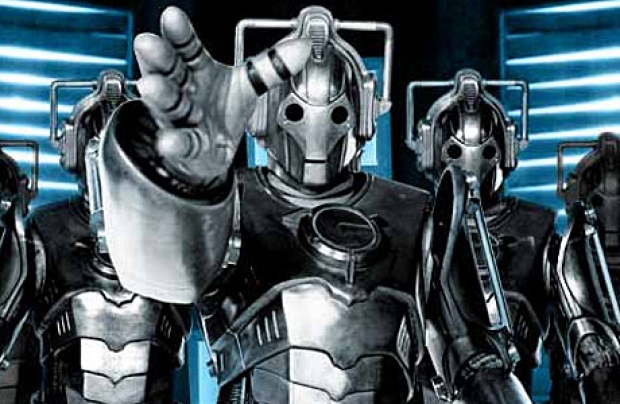Boffins at Google Brain created AutoML, an artificial intelligence (AI) that's capable of generating its own AIs. They decided to give the AI AutoML the challenge of creating a 'child' that outperformed all of its human made counterparts.
The Google researchers automated the design of machine learning models using an approach called reinforcement learning. AutoML acts as a controller neural network that develops a child AI network for a specific task.
The researchers called the child AI NASNet and it had to recognise objects - people, cars, traffic lights, handbags, backpacks, etc. - in a video in real-time.
AutoML would evaluate NASNet's performance and use that information to improve its child AI, repeating the process thousands of times.
When tested on the ImageNet image classification and COCO object detection data sets, which the Google researchers call "two of the most respected large-scale academic data sets in computer vision", NASNet outperformed all other computer vision systems.
According to the researchers, NASNet was 82.7 percent accurate at predicting images on ImageNet's validation set. This is 1.2 percent better than any previously published results, and the system is also 4 percent more efficient, with a 43.1 percent mean Average Precision (mAP).
Additionally, a less computationally demanding version of NASNet outperformed the best similarly sized models for mobile platforms by 3.1 percent.
The Google researchers acknowledge that NASNet could prove useful for a wide range of applications and have open-sourced the AI for inference on image classification and object detection.
Writing in their bog they said: "We hope that the larger machine learning community will be able to build on these models to address multitudes of computer vision problems we have not yet imagined.”
We say they wrote on the their blog, it might just have been an AI doing the work for them while they put their feet up on the beach somewhere hot.




